The only plastic we need for travel.
Way to the Top: 14 Tips for Mountain Climbing Beginners
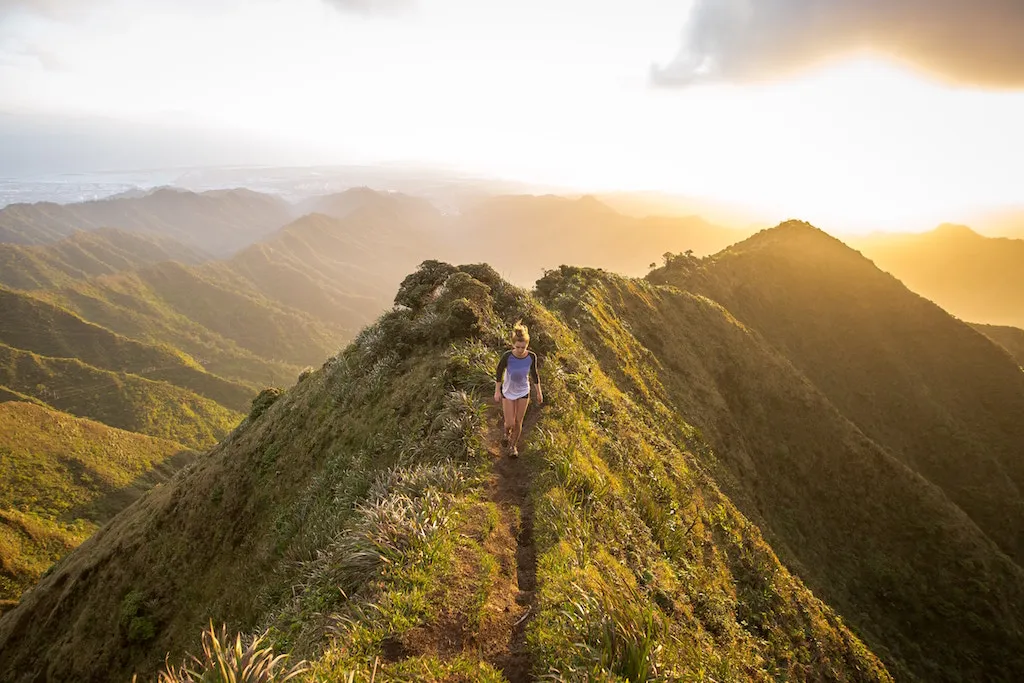
The idea of climbing a mountain can be exciting yet intimidating at the same time. You know that there’s a rewarding view and scenery when you get to the top, but you’re worried about the whole process and the climb itself. How do you prepare? What should you expect? Any do’s and don’ts? Don’t fret. We’ve rounded up these important tips for mountain climbing beginners!
Also read: 7 Rookie-Friendly Mountain Peaks Around The Philippines
Preparing for the climb
1. Jog or do cardio before you climb
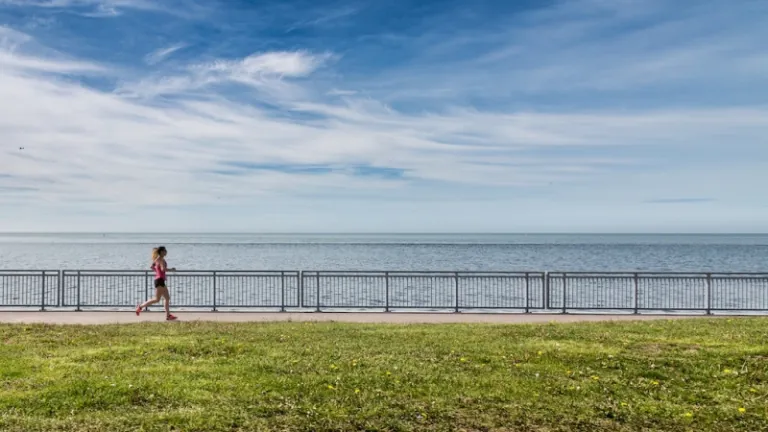
This is how you can condition your body and build your stamina for the uphill climb. This is really important especially if you don’t usually work out, because you don’t want to shock your body of the exertion it’s to going to go through. Make sure to jog a few times in the weeks leading to your climb.
2. Read about the mountain you’re going to climb
This is necessary because it’s best to know about the features specific to the trail, like the presence of limatic (blood leeches), river or waterway crossing and wading, availability of water source, entrance fees, etc.
3. Waterproof your things whether rain or shine
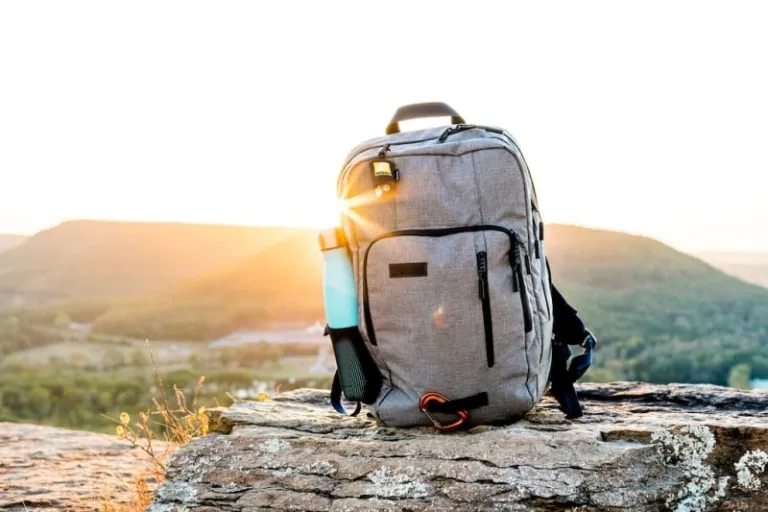
Even if it doesn’t rain, you never know if you’re going to run into a puddle or stream that you have to cross, or worse, might slip into. Don’t just protect yourself, protect your things too by using waterproof materials.
4. Bring around two litres of water

You can’t afford to become dehydrated by the climb. Dehydration can give you fatigue, headache, and even confusion. It’ll be hard to find a source of fresh and clean water too. Bring your own water and make sure you drink up when you need to. You don’t want to be a burden to your fellow climbers if ever you start getting dizzy due to dehydration!
5. Bring snacks high in carbs and protein
Remember that physical exercise’s main fuel is carbohydrate. You’re going to burn a lot of carbohydrates and fats on your hike, and you can’t lose too much because you’ll run out of energy before the whole thing is over. Focus on keeping your body supplied with enough carbs to optimize your performance. Pack some trail mix, nuts, candies, bread, etc.
6. Stretch before the climb

Nothing like stretching to get you pumped up and warm up your muscles for the hours of hiking that lies ahead of you! Try doing dynamic stretches instead of static stretches. Dynamic stretches require you to move through the stretches instead of holding them for 10 seconds, which is what you would do in static stretches. Examples of dynamic stretches are alternating knee lift, squat to hip flexor, alternating high kicks, torso twist, and alternating quad stretch.
7. Bring first aid kit
Basic medicines, bandaids, cotton, betadine, and anything you think you might need will be worth their weight in gold if ever something bad comes up. This is a golden rule. Don’t ever forget to bring your first aid kit!
During the climb
8. Greet people you pass by along the trail
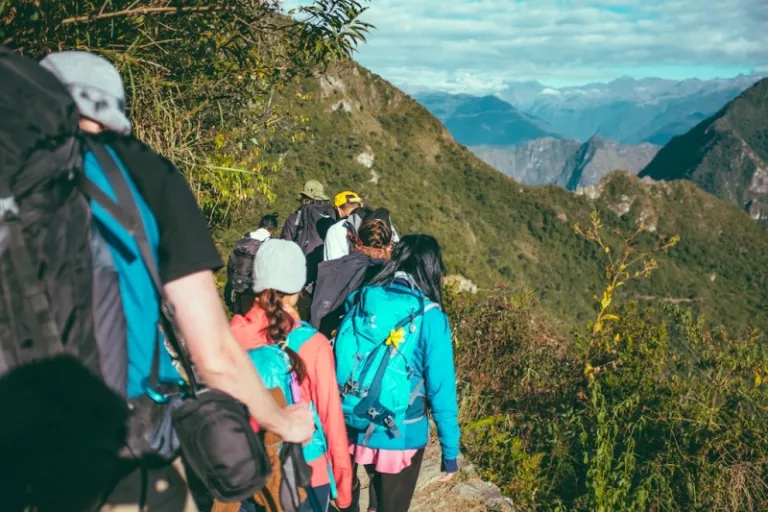
You’ll probably encounter locals and fellow climbers on your trail. Make it a pleasant experience for everyone and greet them “Good Morning”, “Good Afternoon”, or “Ingat”.
9. Keep your trash with you
Never throw it in the mountains and nearby community! Bring a container like plastic where you can store your trash. Be respectful of the environment and remember that you’re merely a guest in the mountain you’re exploring.
It would be good to keep the 7 Leave No Trace Principles in mind: plan ahead, travel and camp on durable surfaces, dispose of waste properly, leave what you find, minimize campfire impacts, respect wildlife, and be considerate of other visitors.
10. Know how to heed the call of nature

If you have to heed the call of nature, never do it along the trail. Find a spot where people won’t be bothered by what you leave. For number two, an umbrella and a small shovel are very helpful things to pack.
11. Never take selfies and jump shots along ridges
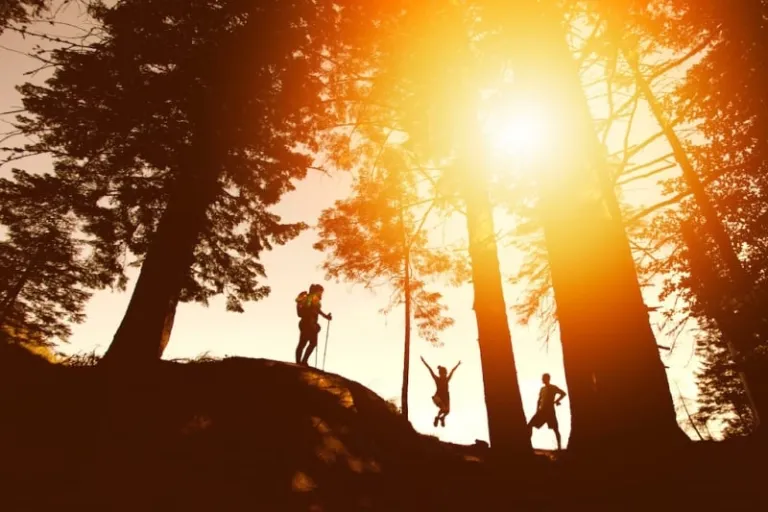
Baka kung ano mangyari sayo, bes!
12. Listen to nature’s music
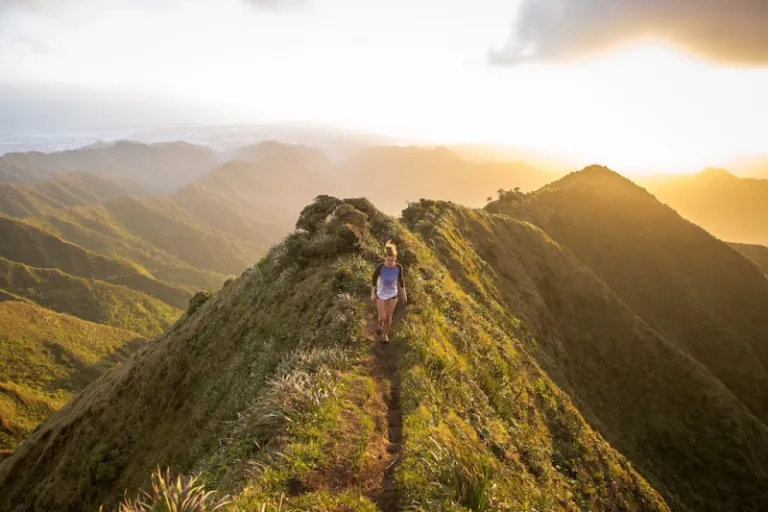
The wheezing and wooing sound of the wind, the crisp sound of talahib edges brushing against each other, the chirping of birds and rhythm of insects are all part of the experience. In a way, it’s almost therapeutic and helps you leave all your troubles behind for the time being and just appreciate what mother nature has to offer.
After the climb
13. Your body is going to ache, especially your legs
Be ready for this. If you’d like to apply salonpas or a soothing balm, that’s not a problem.
14. But you will have endorphins and good memories to last the week
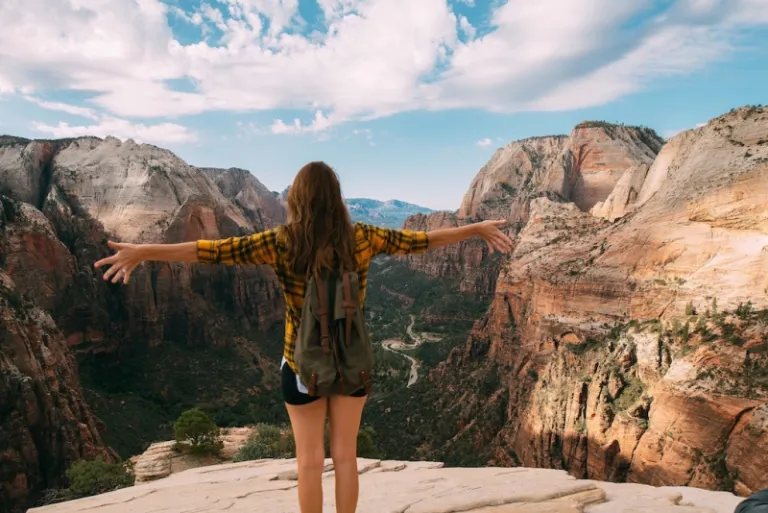
Knowing that you climbed to the top of a mountain is one of the best feelings ever!
Also read: Mount Pulag: On Climbing Luzon’s Highest Peak
Excited to make your first climb? Don’t forget what we’ve said! It might make all the difference.
Published at
About Author
Therese Sta. Maria
Subscribe our Newsletter
Get our weekly tips and travel news!
Recommended Articles
14 Best Credit Cards for Travel in the Philippines 10 Best Things to Do in Los Angeles Los Angeles is more than Hollywood stars. From hikes with killer views to beaches straight out of a rom-com, here are 10 must-do LA experiences for Filipino travellers or any wanderers in general!
10 Commandments for Responsible Travel Flexing Spread the good word!
10 Cutest Cafes in Japan That Are Totally One of a Kind From Pikachu snacks to Totoro cream puffs, here are 10 themed cafes in Japan that prove café hopping should be part of your travel itinerary.
10-day Christmas and New Year Japan Trip: Complete Travel Itinerary Celebrate Christmas and New Year in Japan with this 10-day holiday vacation itinerary packed with Tokyo lights, Kyoto charm, and Osaka adventures.
Latest Articles
Philippines Among the World’s Friendliest Countries – US News 2025 Ranking Learn why Filipino hospitality makes every trip unforgettable.
Best Attractions of Southeast Asia That Delight Both Kids and Seniors These top attractions in Southeast Asia offer scenic views, easy access, and calm experiences for the whole family.
Halal Town Manila: Quiapo Set to Become a Muslim-Friendly Food and Culture Hub Manila is about to get more muslim-friendly!
Italian Cuisine Earns UNESCO Status as Intangible Cultural Heritage Food with culture
MMDA Urges Malls to Limit Sales as Marcos Highway Traffic Worsens Commuters are frustrated, but is this really the solution to heavy traffic?

